When we buy a stock, we hope the stock price will rise. It’s easy to imagine that the stock or company itself will cause its price to rise. Or that an invisible force will cause the stock price to rise or fall. But stock prices do not move on their own accord. They move solely because of the actions of other market participants. Stock market fluctuations are all caused by people, or algorithms programmed by people, buying and selling stocks.
More Buyers Than Sellers?
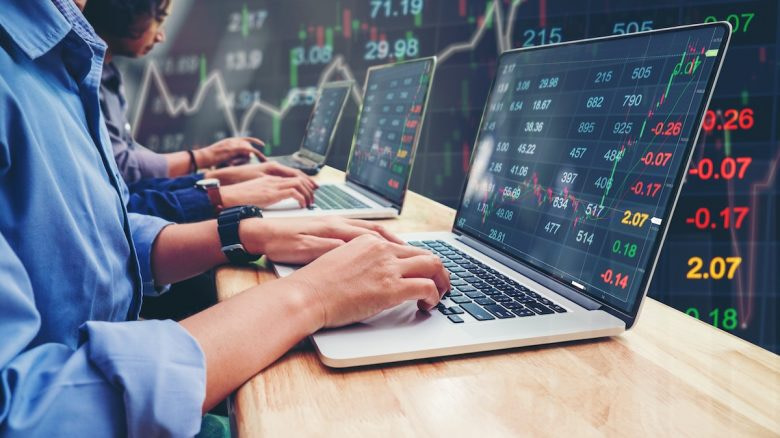
Stock market fluctuations are often attributed to the day’s news. But often the real reasons are less obvious. To really understand what causes stock prices to move, we need to look at what leads to the decisions to buy or sell stocks.
Over the long term, the value of a company is determined by its ability to earn profits. But this alone doesn’t cause the stock price to move. The price of a stock is still ultimately determined by investors deciding the price at which they will buy or sell it.
When you speculate on a stock price, you are actually speculating on the actions of other market participants. Every trade is the result of a decision by a buyer and a decision by a seller. But not every trade results in the price of the asset moving. Prices rise when buyers decide to pay a higher price, and they fall when sellers accept a lower price.
Prices don’t actually rise when there are more buyers than sellers, but when buyers are more adamant than sellers. So, we need to consider the reasons for paying up or selling at a lower price.
Price Makers and Price Takers
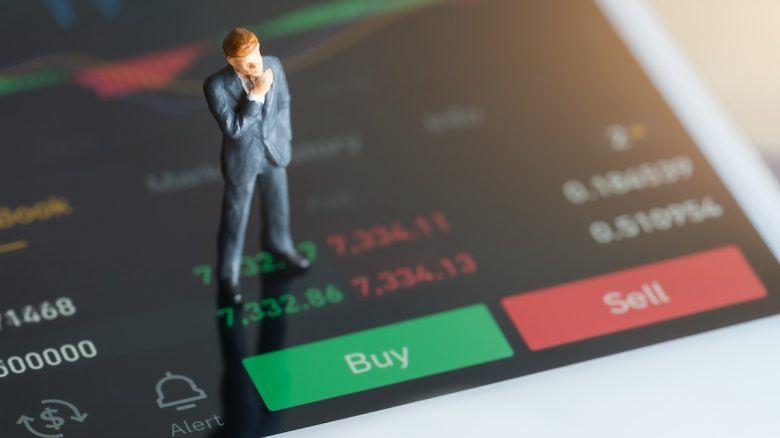
Price makers get to trade at the price they want to trade. Price takers have to accept the best available price.
It is the price takers who make the decision to move a price, and they usually do so when they are compelled to do so. It comes down to whether a trader needs to trade, or merely wants to trade.
Price makers want to trade at a specific price, but they don’t need to trade at all. On the other hand, price takers need to trade – and they may need to trade regardless of the price.
☝️ Stock market fluctuations are usually driven by people who need to trade rather than people who want to trade.
We can divide the reasons people may need to trade into three categories: psychological needs, rules-based needs, and contractual needs. In the following, we’ve listed a few examples of how each of these factors can cause stock prices to move.
Psychological Needs of Investors
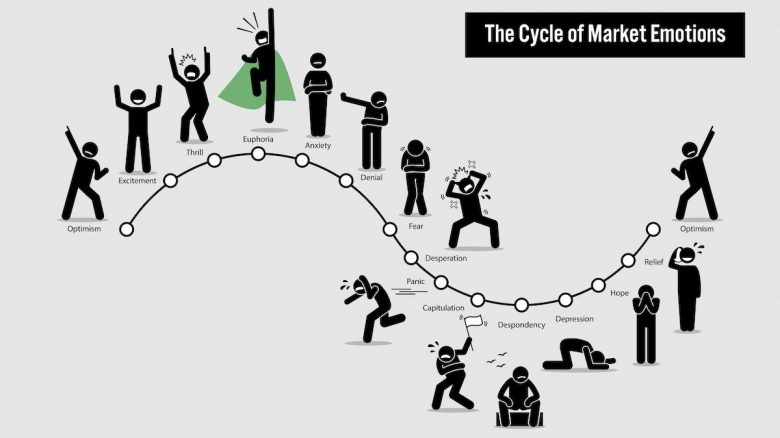
The psychological need to trade generally boils down to fear – either the fear of missing out (FOMO) or the fear of losing money. FOMO is what causes traders to chase stocks that break out of a trading range. This is one of the most powerful forces in the market and is one of the main reasons momentum strategies work.
Fear is also the factor that drives corrections and bear markets. An investor watching their portfolio decline in value will often sell stocks at irrationally low prices to make the losses stop. Capitulation occurs when a lot of investors finally give up and sell a stock. Market bottoms often coincide with capitulation, because this is the point at which everyone who was likely to sell has already sold. Fear also drives prices higher when a short squeeze takes place.
When you short sell a stock, your potential loss is theoretically unlimited. If you use leverage, as a lot of short-sellers do, the potential loss is magnified. When prices rise, those with short positions have to cover their positions or face unlimited losses. Their buying drives the price higher, causing other traders with short positions to close their positions too. This process is driven by fear of loss – and traders are forced to cover at whatever price they can. In other words, they become price takers rather than price makers.
Rules-Based Factors that Lead to Stock Market Fluctuations
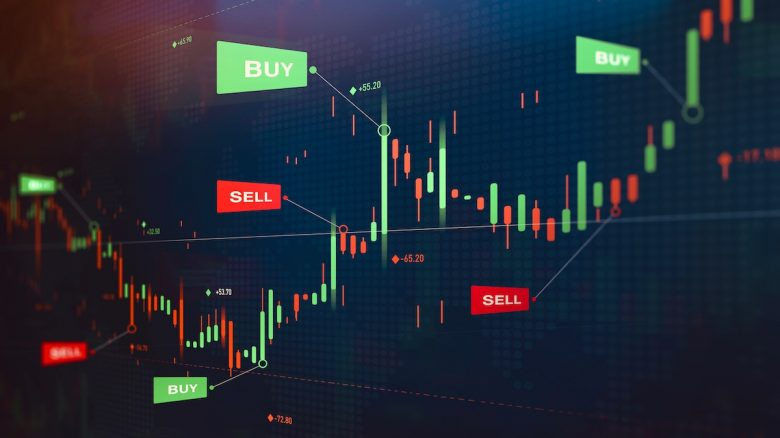
An investor following a rules-based system will buy or sell stocks according to a system of rules. Rules-based systems include strategies that require periodic rebalancing, hedging strategies, and mechanical trading systems. Momentum investors and trend followers buy and sell stocks when certain conditions are met. When they execute a trade, they typically have very little discretion and trade at the market price. This is why a stock price will often move very quickly when a major trend line is broken, and then retrace back to the trendline. The initial buying or selling occurs as trend followers open or close positions, and then as soon as all those orders are satisfied the price retraces.
Automated trading systems and algorithms are just rules-based systems that run automatically. An algorithm will have the same effect on prices as momentum and trend-following strategies unless it’s a mean reversion system, in which case it may temper price movements. Action taken to reduce risk can also cause prices to move – though this will usually happen when prices have already moved. Short-term traders often use stop losses to limit losses.
When a stop loss is breached, positions are usually closed with a market order, which again puts pressure on the stock price. If traders use leverage, stop losses become even more important as losses can be magnified. The more leverage being used by those holding a stock, the more those traders will move the price when the price moves the wrong way. In this way, the use of leverage can increase the size of stock market fluctuations.
Contractual Reasons for Stock Market Fluctuations

Fund managers typically manage a portfolio according to a mandate which specifies the percentage of the portfolio that needs to be invested at all times. If the fund manager is underweight toward month-end, they will be forced to buy stocks, even if they believe the market is overvalued. This often causes stock market fluctuations at the end of a month.
One of the dilemmas fund managers often face is that they have to deal with inflows when they believe stocks are overpriced and outflows when they believe stocks are cheap. Funds can move prices significantly when they are forced to buy or sell stocks as money flows in and out of their funds. This is an example of a market participant needing, rather than wanting to trade and being forced into the position of being a price taker.
Another example of a contractual relationship leading to price-insensitive buying or selling is margin trading accounts. If you use leverage to trade, you have to maintain a certain amount of capital (margin) in your account. If a trade goes against you, you have three options: deposit more margin, close your position or have it closed for you. If you close the position, you may have some discretion over the price you trade at, but ultimately you will need to trade. If you don’t close the position and can’t meet your margin call, your broker will close the position with a market order.
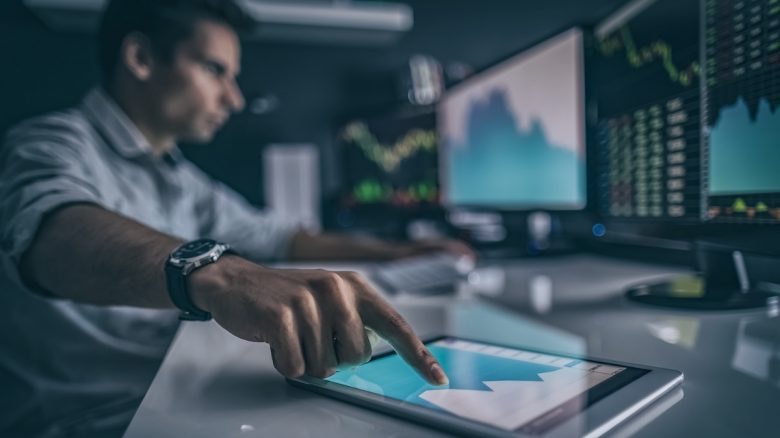
Option writers are often compelled to trade to hedge positions, or if an option they sell is exercised. When the price of a stock is close to the strike price of a large number of options, anyone with a short position in one of those options will need to constantly hedge their position. If the price moves against the option sellers, a gamma squeeze, which is similar to a short squeeze, occurs.
Conclusion: Factors That Are Causing Stock Market Fluctuations
The point of this article is to show that stock market fluctuations usually occur when market participants are compelled to trade and become insensitive to price. The forces that move prices are often not connected to the daily news, but to the various needs that investors respond to.
This is just one aspect of behavioral finance that can help you understand how market psychology can affect prices. Considering the forces that may move a share price can give you a good idea of what may happen in the future. It will also help you to make proactive, rather than reactive decisions.























